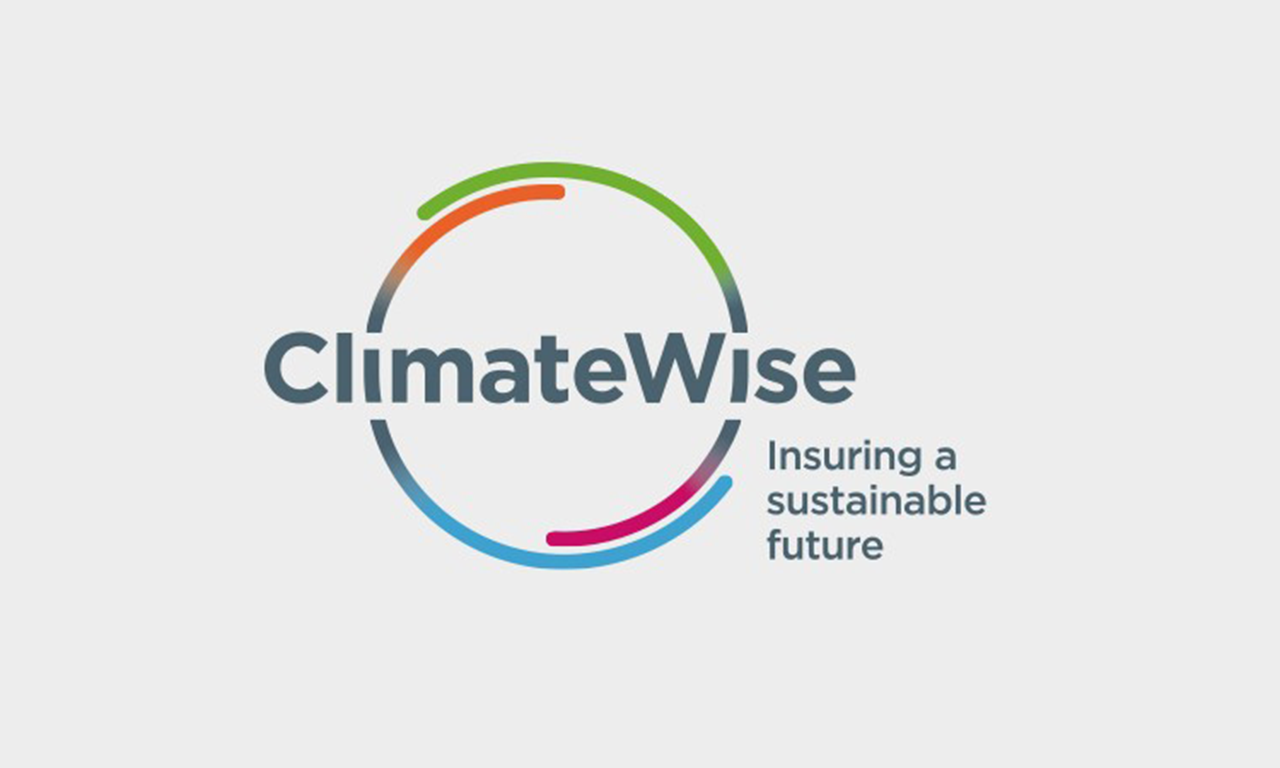Climate change is a key issue for everyone, and recent natural disasters show the very real cost that climate change could cause insurers in the future.
Lloyd’s recognises the effects of climate change and the direct impact on the business community and we are in regular dialogue with insurers, businesses and policy makers to address the challenges of climate change, both for our industry and for the wider world.
The insurance sector enables business and individuals to manage risk including long-term threats such as climate change. The long-term stability of our economy hinges on an appropriate response to this threat.
In 2007, Lloyd’s became one of the founding members of the ClimateWise Initiative. Lloyd’s continues to support action to tackle climate change and has played a leading role in ClimateWise – a collaborative endeavour by insurers to drive action on climate change.
